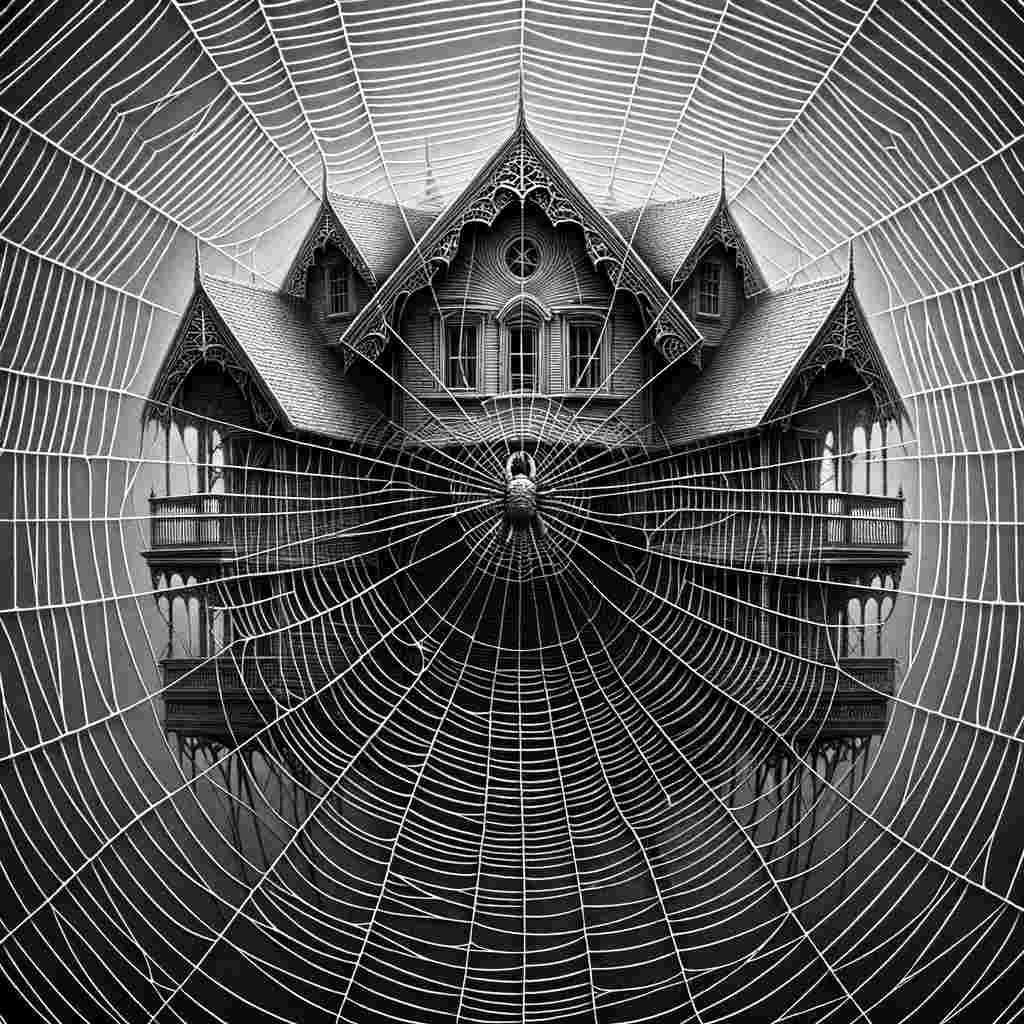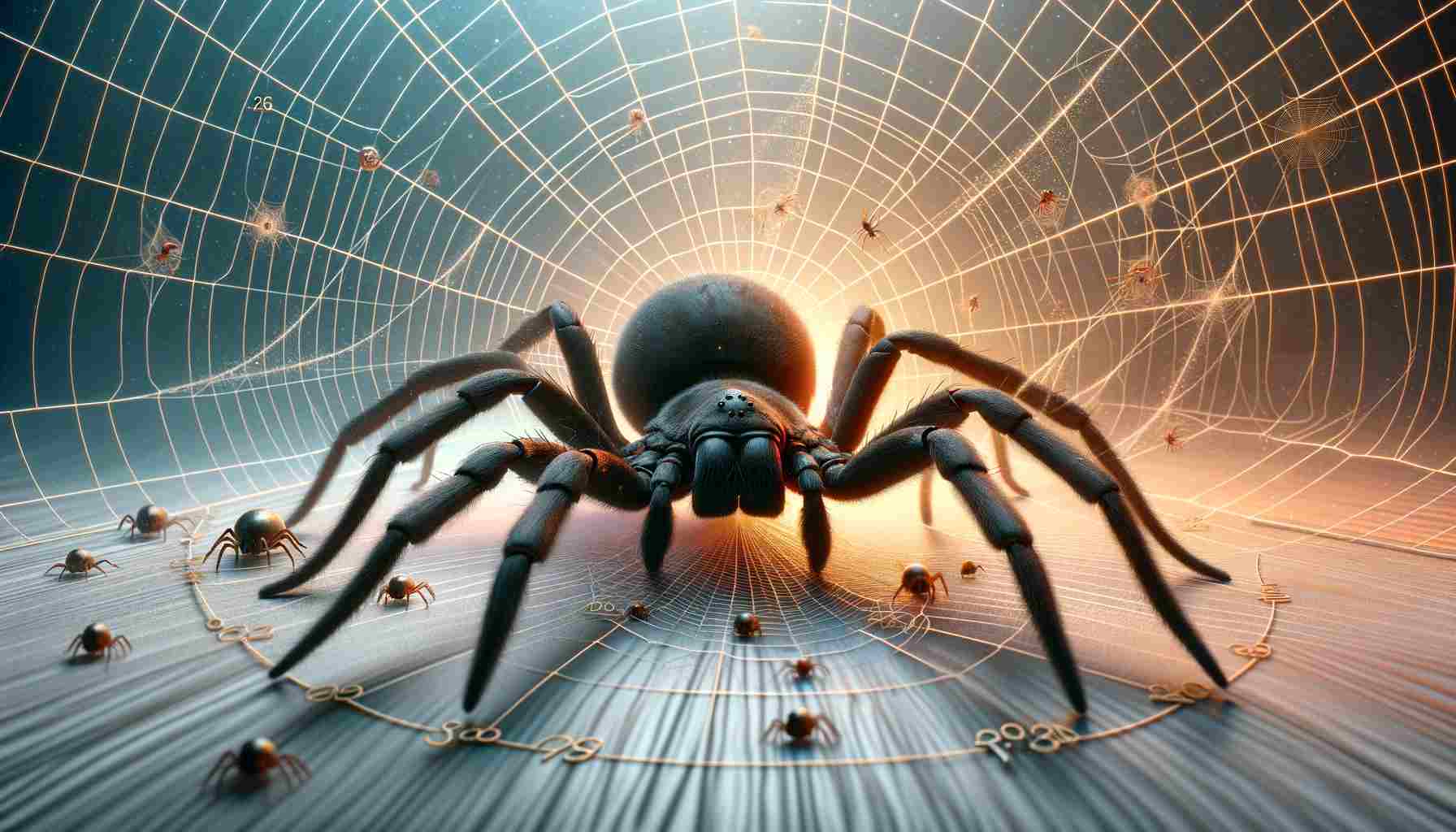Experience the fascinating world of black house spiders, the invisible protectors of our houses, as you go on an in-depth investigation. This comprehensive book explores the unique elements of black house spider life, from their early stages as eggs to their expert web-weaving as adults, and answers the question, “How long do black house spiders live?”

Life Stages of Black House Spiders
Black house spiders, known scientifically as ‘Badumna insignis’, begin their journey as fragile, silk-encased eggs. These eggs, often hidden in secluded corners, hatch into spiderlings. As they grow into adults, these little spiders go through multiple molts, losing their exoskeletons. This transforming process, which is essential to their development, provides insight into the adaptability and durability of these spiders.
Spiderlings to Adulthood
- Molting Process: Spiderlings may go through multiple molts before reaching adulthood.
- Growth Rate: Several variables, including temperature, humidity, and the availability of food, affect the growth rate.

Factors Influencing Black House Spider Lifespan
Environmental Factors
- Humidity and Temperature: Black house spiders thrive in environments with stable humidity and temperature.
- Prey Availability: Their diet primarily consists of small insects, which plays a crucial role in their development and longevity.
- Predation Risks: They face threats from larger predators, including birds and larger spiders.
Human-Environment Impact
- Pesticide Exposure: Common household pesticides can significantly reduce their lifespan.
- Indoor vs. Outdoor: Spiders living indoors often experience different conditions that can either extend or shorten their life expectancy.
Survival Strategies and Aging Process
Black house spiders exhibit remarkable survival strategies. Their web-building is not just for catching prey but also serves as a defense mechanism against predators and environmental hazards. These spiders adjust their behavior based on age and environmental factors, providing insights into their aging process.
Web Weaving as a Survival Tool
- Strategic Placement: Webs are often constructed in high-traffic insect areas.
- Web Maintenance: Regular maintenance of their webs is vital for their survival.

Environmental Impact on Black House Spider Life
The lifespan of black house spiders is heavily influenced by their immediate environment. In optimal conditions, with sufficient food and an ideal climate, they can live longer. On the other hand, unfavorable circumstances like low food or high temperatures might limit their life span.
Factors Affecting Lifespan in the Wild
- Natural Disasters: Events like floods or fires can destroy their habitats.
- Climate Change: Shifts in climate patterns can affect their natural lifecycle.
Average Lifespan: Estimations and Variability
The average lifespan of black house spiders is a subject of ongoing research. Generally, they can live for several years, with females often outliving males. Variations in lifespan are attributed to environmental factors, food availability, and threats from predators.
Human Interaction and Captivity Longevity
When black house spiders inhabit human dwellings, they often enjoy a safer environment, free from natural predators. This can lead to a longer lifespan compared to their outdoor counterparts.
Captivity Observations
- Controlled Environment: In captivity, with controlled conditions, their lifespan can extend significantly.
- Human Impact: Regular cleaning and human disturbance can, however, reduce their lifespan.
Conclusion:
In summary, the lifespan of black house spiders is a complex interplay of environmental factors, survival strategies, and adaptability. As we encounter these spiders in our homes, understanding their role in the ecosystem can foster appreciation and coexistence.

[…] into our homes, black house spiders seek refuge in the shadows. Dark corners, closets, and undisturbed spaces become canvases for their […]
[…] homes, the black house spider boasts a distinctive appearance. Sized from small to medium, these spiders exhibit a dark coloration that aids in their discreet presence. Examining their intricate web […]
[…] often cast a shadow on these beneficial arachnids. Dispelling myths surrounding Black House Spiders in Ohio is essential for fostering a more informed and appreciative perspective. Understanding […]
[…] more knowledgeable about these animals and appreciating their significance. This investigation into black house spider life serves as a reminder of the diverse and linked environment we live in, offering only a little […]
[…] brown to black. They have a unique appearance because to the tiny, silky hairs covering their body. Black house spider females can grow up to 18 mm in length, making them typically larger than male counterparts. Their […]
[…] the life cycle of these spiders is crucial for managing their presence around homes and appreciating their role in the […]